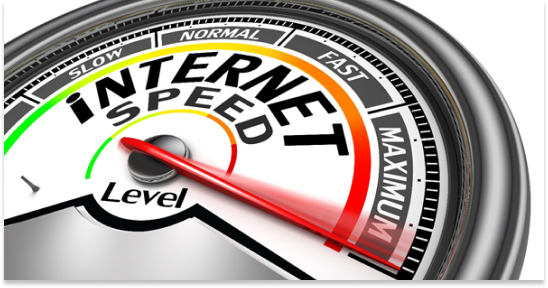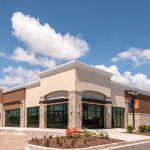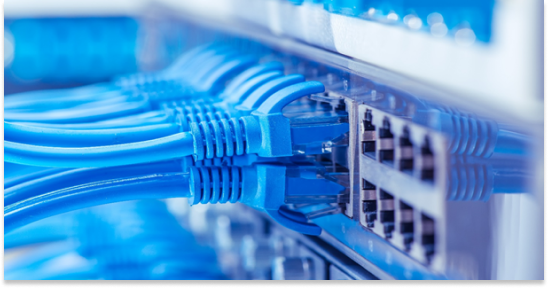How Fast is Failover Internet?

How Fast is Failover Internet?
In a failover internet connection, both reliability and speed are key. It’s obviously important to have a reliable failover connection with consistent service, but it’s just as important to have a connection fast enough to support the online applications your business needs to function normally. Let’s take a closer look at the average speeds of 5G and 4G LTE failover connections.
5G Has Download Speeds of Up to 250 Mbps
Rootmetrics finds that 5G networks deliver mean download speeds of up to 250 Mbps in competitive areas. T-Mobile’s 5G network, which includes the 600MHz radio band for expanded rural coverage, delivers mean download speeds of up to 34 Mbps. These speeds are fast enough to support key applications like video streaming on IBM Cloud Video and Vimeo.
OpenSignal finds that 5G networks deliver average upload speeds of around 14 Mbps and an average latency of around 36 milliseconds. This high average upload speed and low average latency supports applications that require input as well as output – such as video conferencing on programs like Zoom and Skype where the users must both send and receive video.
4G LTE has Mean Download Speeds of More Than 30 Mbps
Ookla SpeedTest finds that the mean download speed across all 4G LTE mobile data networks in competitive areas is now more than 30 Mbps and, in rural areas, download speeds often top 20 Mbps. Where speeds are at the higher end of the 4G LTE spectrum, businesses won’t have any problem running crucial online applications, including video streaming programs.
OpenSignal finds that 4G LTE networks deliver average upload speeds of around 16 Mbps and an average latency of around 37 milliseconds, which is comparable to (and sometimes even better than) 5G networks. Like 5G, 4G LTE should have no problem supporting applications, like Zoom and Skype, that require the user to both send and receive large data packets.
What Factors Influence Mobile Data Speeds?
Mobile data speeds vary significantly from location to location, even when two businesses are on the same cellular network. Several factors, including signal strength and radio frequency, have a strong effect on 5G or 4G LTE speeds.
The signal strength at your business location
The speed of your 5G or 4G LTE failover connection depends on the local signal strength. If your business location has good cell coverage, then your mobile data speeds will meet or exceed average download and upload speeds. If it has poor coverage, your connection will be slower. Network speeds vary for users because coverage varies from location to location.
While local signal strength is, for the most part, out of your control, you can maximize your potential signal by choosing the right carrier, knowing the location of the nearest cellular tower, and, if necessary, installing a booster antenna for more gains. To maximize mobile broadband speeds make sure you install your router, your directional antenna, or your omnidirectional antenna in the location in your business that gets the best signal strength.
The radio frequency of the nearest cell tower
Mobile broadband uses radio waves to transfer online data between your device and a remote host. The speed of these transfers depends on the radio frequency of the transmission. Higher radio frequencies transfer online data faster. Unfortunately, cellular carriers can’t just use the highest frequency band possible because lower radio frequencies have longer ranges.
Most cellular carriers use the 800 MHz or 1900 MHz frequency bands for 4G LTE and higher frequency bands of up to 39 GHz for 5G. Here’s a full list of which carriers use which frequency bands. While you can’t choose the frequency band of the nearest cell tower, you can choose a cellular carrier that operates on a higher frequency band if that’s an option where you live.
Should You Choose a 5G or 4G LTE failover internet?
Where 5G is available, it’s typically the better option for businesses. Because 5G has faster download speeds than 4G LTE, it provides an internet experience closer to (and sometimes better than) the cable experience that many businesses are used to. Currently, these new 5G networks cover up to 57% of businesses in the United States.
Where the 4G LTE signal is stronger than the 5G signal, 4G LTE is often the better choice. 4G LTE networks cover up to 94% of businesses in the United States, far more than 5G. A reliable internet connection is key to a good failover, so make sure to prioritize the connection with a strong signal over the connection with higher potential speeds.





